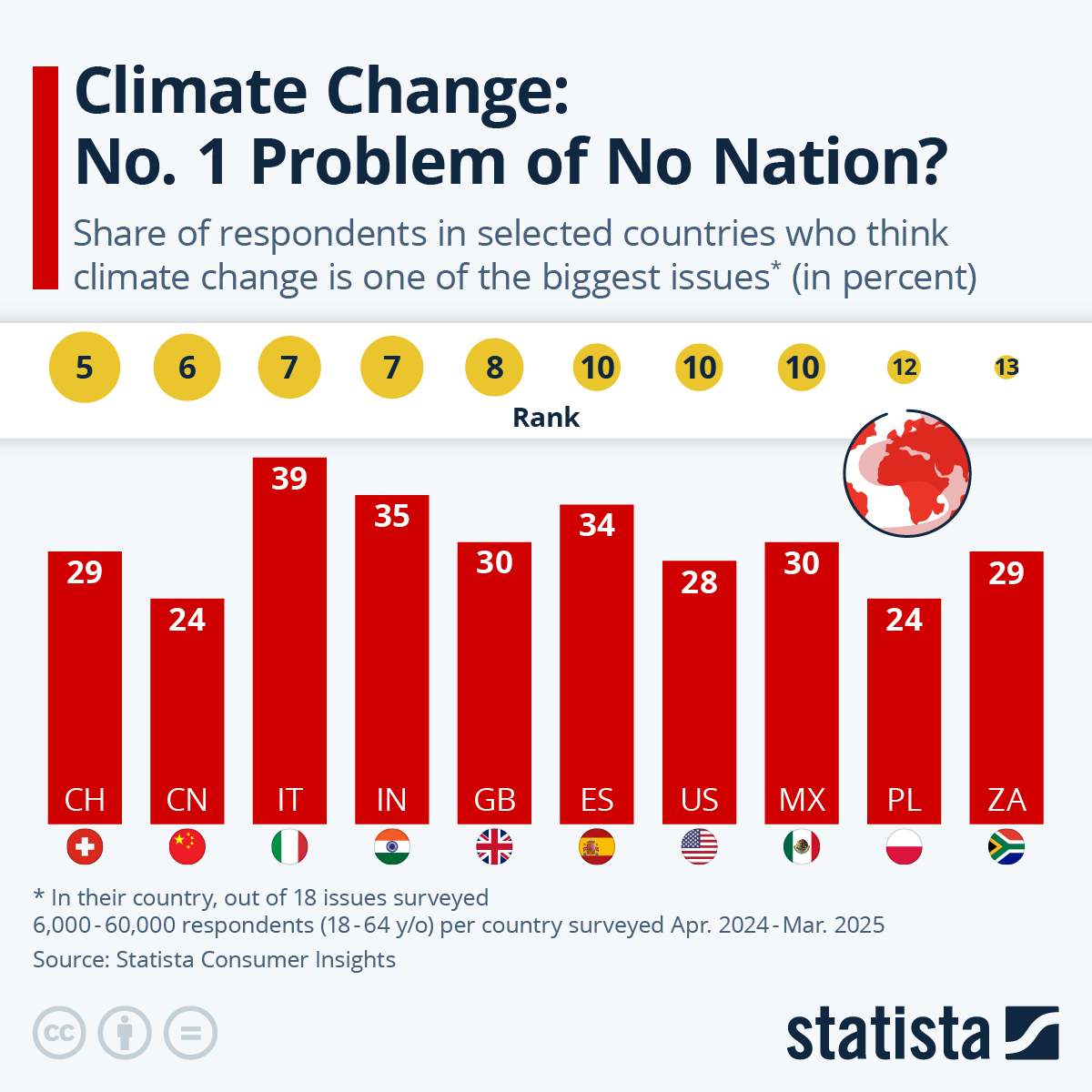Sprayable COVID Vaccine Trial Raises ‘Significant Safety Concerns’

Source: Children’s Health Defense
A sprayable intranasal mRNA COVID-19 vaccine demonstrated effectiveness in its Phase 1 clinical trial, according to a study published last week in the journal Science Advances.
However, critics questioned the trial’s design and limited sample size. And some suggested that the sprayable vaccine — CVXGA1, produced by CyanVac LLC — could pose a risk to the public.
Investigative journalist Sonia Elijah noted that CVXGA1, which enters the mucus membranes and lungs through the nose, has the “potential for shedding viral particles through intranasal secretions, which could expose unvaccinated individuals.”
Elijah said the study didn’t examine if shed materials can be spread to others. “This raises significant safety concerns about replication and shedding risks,” she said.
Karl Jablonowski, Ph.D., senior research scientist for Children’s Health Defense, said the platform CVXGA1 uses as a vector is parainfluenza virus type 5, a “communicable respiratory virus between humans and non-human animals that is evading our immune system.”
Jablonowski said this platform exacerbates the risk of shedding. “Since it is self-spreading, there is no informed consent or medical precautions as the ‘vaccine’ may infect infants, children, pregnant women, immunocompromised or medically frail.”
Karina Acevedo Whitehouse, Ph.D., professor of microbiology at the Autonomous University of Querétaro in Mexico, agreed. Citing studies involving similar vaccines, Whitehouse said there are “high chances” this vaccine will result in “persistent shedding.”
Whitehouse cited a 2023 study of an intranasal RSV (respiratory syncytial virus) vaccine, which detected virus shedding in 17% of participants.
CVXGA1 produces the SARS-CoV-2 virus spike protein — which was also contained in the mRNA COVID-19 vaccines produced by Pfizer and Moderna.
Medical experts and peer-reviewed studies have suggested the spike protein poses potentially serious risks to human health.
“Genetically modifying an infectious respiratory virus to express a spike protein is a familiar and really bad idea,” Jablonowski said. “The immune system will be antagonized by the presence of the spike protein.”
Clinical trial flawed, experts say
According to the CVXGA1 Phase 1 study, CVXGA1 “is a potentially effective intranasal COVID-19 vaccine” that produces an immune response with minimal adverse reactions.
The clinical trial included just 72 participants, ages 12-53, split into two groups. One group received a “high dose” of the vaccine, the other received a smaller dose.
Findings showed the high-dose group demonstrated “Significantly lower rates of symptomatic COVID-19 infection” and that the vaccine was “well tolerated without serious adverse events (AEs) or fever reported.”
However, several scientists and researchers noted that the trial lacked an unvaccinated control group.
“There is absolutely no way that this paper can be considered evidence that this intranasal gene-therapy based product is safe or effective,” Whitehouse said. “No group was used as a control with which to compare the results … as well as adverse events. This in itself invalidates any interpretation of safety and effectiveness of this product.”
According to Elijah, the lack of a control group and the small sample size “weakens the trial’s ability to accurately assess safety and immunogenicity,” but these aren’t the only flaws.
Elijah said:
“The study lacks data on RNA detection levels and did not perform infectivity assays to confirm if shed materials can be spread to others.
“The lack of specific safety and immunogenicity data for the adolescent group raises concerns about the vaccine’s effects in younger individuals.
“The open-label design, where both participants and researchers knew who received the vaccine, introduces potential bias in reporting and assessing outcomes, such as adverse events.”
Whitehouse noted that the study’s researchers claimed they didn’t identify any serious adverse events. However, they tracked adverse events only “during a limited time frame,” which “reduces the chances of detecting serious events that may occur after this time period.”
Researchers plan to enroll 10,000 participants for the next phase of the clinical trial.
According to immunologist and biochemist Jessica Rose, Ph.D., if clinical trials for CVXGA1 are deemed a success, “this could be used to push gene-based (mRNA, RNA and DNA) products on us via intranasal (breathing) routes.”
Clinical trial site previously hosted Pfizer COVID vaccine trials for adolescents
Experts also noted that the clinical trials were not performed independently but were fully funded by CyanVac.
According to the study’s disclosure statement, several of the researchers are CyanVac employees or equity holders, are under contract with the company, or have received research grants from other pharmaceutical companies, including COVID-19 vaccine manufacturers AstraZeneca, Moderna and Pfizer.


This article was funded by critical thinkers like you.
The Defender is 100% reader-supported. No corporate sponsors. No paywalls. Our writers and editors rely on you to fund stories like this that mainstream media won’t write.
Investors such as Bill Gates have previously shown interest in inhalable and sprayable vaccines, although it is unclear whether Gates is involved with the development of CVXGA1.
Elijah noted that Cincinnati Children’s Hospital ran the trial and Dr. Paul Spearman, the hospital’s vice chair of clinical and translational research and education, led it. The hospital was one of the sites for adolescent clinical trials of Pfizer’s COVID-19 vaccine.
In 2021, a participant in one of those trials, 12-year-old Maddie de Garay, was severely injured after she received the second dose of the Pfizer vaccine. She sustained several serious adverse events and ended up in a wheelchair.
According to Elijah, doctors at the hospital dismissed any connection between de Garay’s injuries and the Pfizer vaccine, and instead classified her injuries as “neuralgia and functional abdominal pain.”
Related articles in The Defender
- German Startup With Ties to Gates Foundation Awarded $5 Million to Develop Nasal mRNA Vaccine
- ‘Gravely Concerning’: Spike Protein Found in Female Stroke Victims Up to 17 Months After Receiving mRNA COVID Vaccine
- Young Adults Continue to Produce Spike Protein One Year After Receiving COVID Vaccine
- Post-Vaccine Brain Fog, Immune Dysfunction Linked to Spike Protein That Can Persist in Body for Years
- U.S. Sen. Johnson Holds News Conference With Families Injured by COVID Vaccines, Ignored by Medical Community















